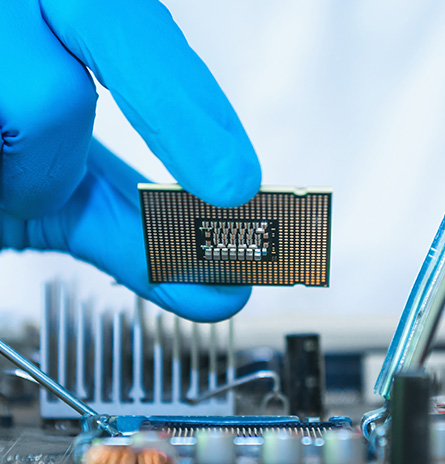This example combines FT9xx technology with EVE technology to create a touch enabled display that will connect with an embedded system or PC via a USB port. The FT9xx provides a D2xx class USB device bridge to SPI for driving an EVE controlled, full colour TFT display with touch control.
Complementing the FT9xx firmware is a host side application that will connect with the internet to enable selected pages to be displayed on the FT9xx controlled display. Applications of this technology could include retail advertising displays or information kiosks requiring cheap touch controlled displays connected to a centralized server for providing regularly updated information.
All firmware was developed using the free FT9xx libraries on the Eclipse IDE. Further details of the functionality may be found in the application note BRT AN 016
Full source code to allow the user to build or modify is available in the .zip file available for download here.


